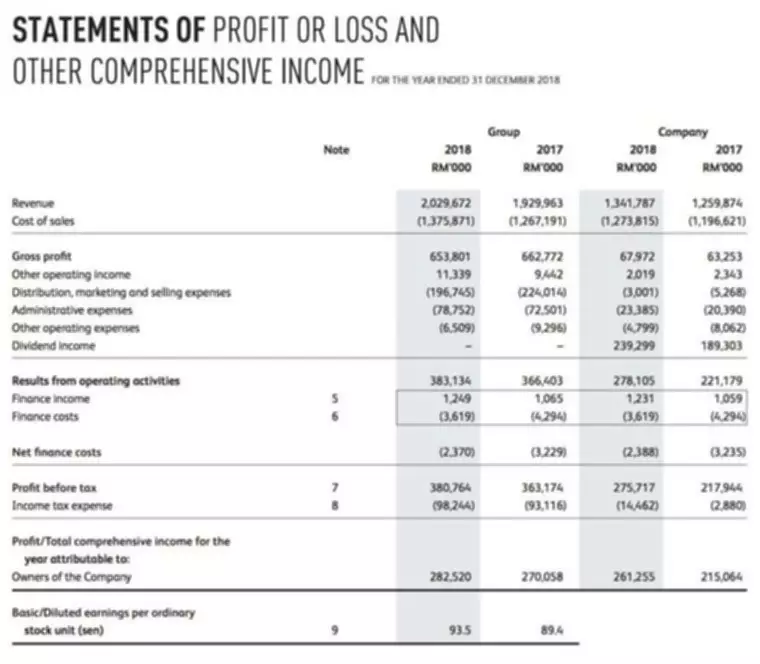Content

Every business is different, and will have a different average workers’ comp cost per employee. This is because, primarily, the cost of workers’ comp coverage is based on the amount paid to each worker, and on their role or classification https://www.bookstime.com/articles/how-to-calculate-workers-compensation-cost-per-employee code. The influence of individual state rating rules cannot be discounted. All rating formulas contain similar elements however you must understand that each individual state has it’s own approved method of calculating premium.
- Though the formula remains consistent in this regard, a part-time employee will have a lower average workers’ comp cost due to their reduced hours when compared to full-time employees.
- This depends on their role, how much they’re compensated, and a number of other factors, as outlined in the previous sections.
- That number is then divided by 52 weeks to get the average weekly wage.
- Easy Pay As You Go workers’ comp for business owners who process their own payroll or prefer to report directly to us.
- The final premium of a workers’ compensation policy cannot be calculated until the policy term is over and the employer’s payroll records have been audited.
- With QuickBooks Payroll, you can set up payroll, learn state requirements, and get a free insurance quote.
It’s important to note that this classification is very important because misclassifying an employee who gets hurt on the job is just one of the many warning signs of fraud. All employers in the same industry with the same functions will have the same classification. These classifications are assigned workers’ comp rates based on the history of occupational risk. The policy covers medical treatment and disability benefits related to your employees’ workplace accidents and related illnesses. If an employee has a temporary or total disability from a workplace injury, workers’ comp helps offset their lost wages.
What does workers’ compensation insurance cover?
Terri has 38 years of industry experience and knows a thing or two about insurance, so she
reviewed and approved everything on this page. The total premium due after audit adjustment and after inclusion of any Audit Non-Compliance Charge. Requirements developed by the CDI that implement laws passed by the legislature.
It offers practical information concerning the subject matter and is provided with the understanding that ADP is not rendering legal or tax advice or other professional services. The state of Washington is the only state that offers a premium rate per hour worked versus an annual premium based on payroll. To determine your classification code, consider what products or services you sell, what types of tasks your employees perform, and if there are contractors or subcontractors that also need coverage. Clearly, the total cost and average cost per employee are much more dependent on factors like hiring another mechanic than the bookkeeper picking up a few extra hours per week. From there, you may be able to look up or contact the rating bureau to get the premium index rate for your classification code. You may also want to check your state’s requirements to see who needs to be included in your total payroll.
Protect your cash flow with ADP’s Pay-by-Pay® workers’ comp premium payment program.
Next, it is important to know the class code for the employee’s position. Class codes are determined by both your industry and the type of role the employee performs. Independent bureau states like California, Minnesota, and Wisconsin establish their own separate rating bureau. For example, the WCIRB, or Workers Compensation Insurance Rating Bureau of California, is the largest single-state market for workers comp. This article is intended to be used as a starting point in analyzing how to calculate workers’ comp and is not a comprehensive resource of requirements.
What does comp mean in finance?
Comps, or comparable companies, are used to find a valuation multiple for stock analysis. You find the most similar competitors, calculate the average valuation multiple, and apply it to the stock you're analyzing. Comps analysis using multiples is also known as relative valuation.